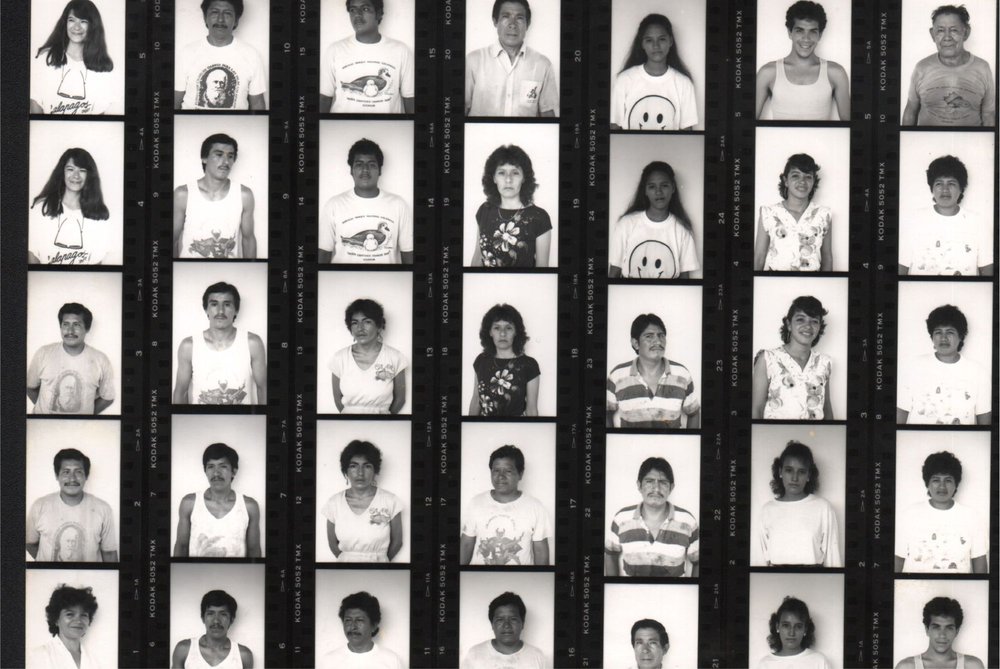Author: Edgardo Civallero
Libraries, archives and museums are institutions that manage knowledge and memory. In recent times, with information becoming the engine of a new socio-political paradigm and a consumer good that feeds many national economies, the heritage and identity part of the work of these spaces has been somehow forgotten and neglected. But it has not disappeared, nor has it ceased to be important. The memories of societies and entire generations are still stored, organized, protected and accessible there, on shelves, hard drives and boxes.
Working in a space of knowledge and memories can be "magical", if you'll excuse the well-worn expression. Although this work is surrounded by certain stereotypes that can frighten many —the silent libraries, the dusty archives, the museums full of dead presences—, it is actually an exciting activity, which crosses disciplinary and thematic borders and, at the same time, brings past and present (and future…) into contact.

Probably this last aspect was the one that caught me when, at a time already quite distant in the past, I decided to dedicate myself to these tasks. I soon understood that the limits between library, archive, museum, biological collections, oral sources and other knowledge management spaces are terribly blurred; that, ultimately, everything is connected; and that, through these infinite connections, which are sometimes very obvious and other times not so much, all those documents that we strive to preserve do nothing but tell a story.
Our story.
And that narrative, more complex than any imaginable fabric, is made up of millions of small fragments, of voices that share their experiences and their steps, their mistakes and falls, their discoveries. All these materials open a window to the past and put us in direct contact with who we once were, or with our ancestors: the closest and the farthest ones.
Probably that feeling of direct contact with bygone times is stronger with photographs. Since we human beings seem to have a strong tendency to look at the camera when we are photographed, to look at a photo —on paper or digital, black and white or color, slide or negative— is to look into the eyes of people who may not even be with us anymore...
[A similar thing happens when one is confronted with paintings or sculptures, including those produced many centuries before the Christian era. The glances are still there: in other materials, in other formats, but they are there. And what we consider "works of art" are also documents: elements that codify knowledge and memory].
Personally, it happens to me that when I come across those glances, those smiles (or the lack of them), those gestures, those postures, I feel that there is someone speaking to me from the other side of time. Someone who tells me "I am here". Because… why do we photograph ourselves, if not to leave a memory of ourselves, a testimony of a precise moment in our personal stories? Why, if not to leave something to the future that survives us, that says that we were here and that that's how we were?
I had that feeling recently, reviewing some black and white photographic plates that we keep in the audiovisual collection of our archive, and that I ended up including in the Galapagueana edition of April / 2022. It is a series of images somewhat similar to the ones that we use in Argentina for official documents. Apparently, someone took portraits of CDF staff using that kind of format. All those faces were there, looking at me from that plank. Some of them had serious countenances: they were probably summoned to the photo shoot in the middle of their tasks, and they were tired, even not willing to be photographed. Others were smiling faces: they even contained a laugh... All those people were looking at me through a window that crossed time, they greeted me from the other side of oblivion, they insinuated that behind their images there were loves and worries and laughter and tears and a lot of work, and a family, and illusions perhaps, and dreams and hopes, surely. They were people who walked the dirt paths of the Charles Darwin Research Station, just as I do today; in fact, their work made it possible for me to actually tread those paths.
It is worth remembering all this every time we have in our hands a bit of history, of knowledge, of memory. They are the4 small but essential threads that make up our identity and our current reality. They are part of the reason we are here, now. It is necessary to conserve them and, even more, to know them.
Especially if we consider that, at some point in the future, those who will be looking at the world from a piece of paper or from a screen will be us.





